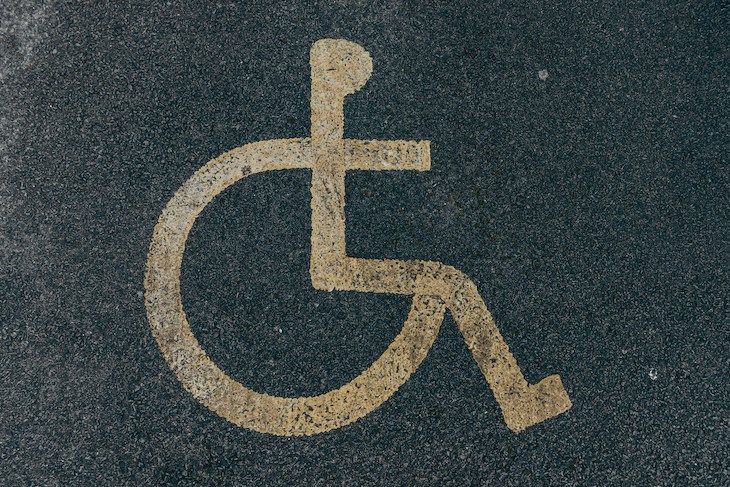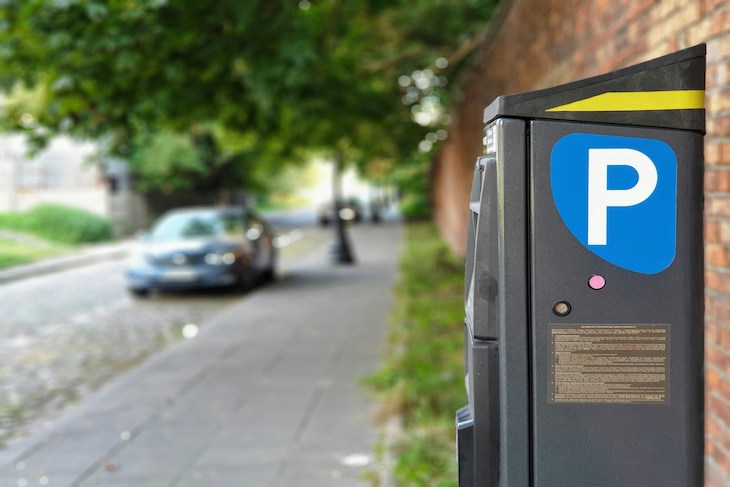Disaster preparedness ensures the safety and well-being of all individuals within a community. However, amidst the discussions surrounding disaster preparedness, the needs of disabled individuals, particularly handicapped drivers, are often overlooked. Emergency planning for handicapped drivers requires unique considerations and tailored strategies to ensure their safety and security during times of crisis. In this blog post, we will explore the importance of disaster preparedness for disabled individuals, delve into emergency planning specifically for handicapped drivers, and provide essential safety tips to empower disabled drivers.
Understanding the Challenges
Disabled individuals face distinct challenges when it comes to disaster preparedness. Mobility limitations, sensory impairments, and communication barriers can significantly hinder their ability to respond effectively to emergencies. For handicapped drivers, reliance on specialized vehicles and equipment further complicates emergency evacuation and response efforts. Additionally, inaccessible infrastructure and lack of inclusive emergency protocols exacerbate the vulnerability of disabled motorists during disasters.
Disaster Preparedness for Disabled Individuals
Inclusive Emergency Planning
Developing inclusive emergency plans that account for disaster preparedness for disabled individuals is a challenge and a necessity. These plans should incorporate provisions for handicapped drivers, ensuring they have access to necessary support and resources during emergencies. Collaborating with disability advocacy groups and community organizations can facilitate the creation of comprehensive emergency plans that address the specific requirements of disabled drivers.
Accessibility and Infrastructure
Ensuring the accessibility of evacuation routes, emergency shelters, and communication channels is essential for accommodating handicapped drivers. Ramp access, designated parking spaces for disabled individuals, and accessible restroom facilities should be integrated into emergency infrastructure to facilitate the smooth evacuation and sheltering of disabled drivers. Moreover, incorporating tactile signage and audible alerts can enhance communication accessibility for individuals with sensory impairments.
Emergency Planning for Handicapped Drivers
Personalized Emergency Kits
Handicapped drivers should assemble a personalized emergency kit tailored to their specific needs. These kits should include essential items, such as medication, medical supplies, mobility aids, communication devices, and copies of important documents (e.g., driver’s license, insurance information). Additionally, incorporating spare wheelchair batteries and adaptive equipment can help mitigate unforeseen challenges during emergencies.
Vehicle Preparedness
Maintaining specialized vehicles is crucial for handicapped drivers’ emergency preparedness. In addition to regular inspections and maintenance checks, handicapped drivers should consider installing emergency alert systems or communication devices in their vehicles to quickly signal for assistance in case of emergencies. Furthermore, keeping a well-stocked emergency kit tailored to their specific needs is essential. This kit could include items, such as spare wheelchair batteries, first aid supplies, and tools for minor repairs. Handicapped drivers may also benefit from installing modifications to their vehicles, such as hand controls or wheelchair lifts, to enhance their mobility and ensure they can safely navigate during emergencies
Safety Tips for Disabled Drivers
Implement Communication Strategies
Disabled drivers should develop a clear communication strategy to effectively convey their needs and status during emergencies. Utilizing communication aids, such as communication cards, mobile apps, or wearable devices with pre-programmed messages, can facilitate communication with first responders and emergency personnel. These aids can include visual aids like laminated cards with key phrases or symbols for quick communication, as well as mobile apps designed specifically for individuals with disabilities, offering features like text-to-speech functionality. Additionally, disabled drivers should inform trusted contacts or caregivers about their emergency plans and evacuation routes, ensuring they have multiple channels of support in place.
Collaborative Networks
Building supportive networks within the community can enhance the safety and resilience of disabled drivers. Establishing communication channels with neighbors, local disability organizations, and emergency responders can facilitate timely assistance and support during crises. Collaborative networks can also provide valuable information and resources to help handicapped drivers navigate better during an emergency.
For more information about disaster preparedness for disabled individuals, read our blog post “10 Driving Tips That All Disabled Drivers Should Know”.
Supporting Mobility-Challenged Drivers in Emergencies
Despite the often-overlooked nature of their needs in disaster preparedness discussions, disabled individuals, particularly handicapped drivers, face distinct challenges that require specific attention. By understanding these challenges and implementing inclusive emergency planning, communities can ensure that handicapped drivers have access to necessary support and resources during crises.
This involves collaborating with disability advocacy groups, ensuring infrastructure accessibility, and providing personalized emergency kits and vehicle preparedness guidelines. Additionally, fostering communication strategies and building collaborative networks within the community can further enhance the safety and resilience of disabled drivers.

